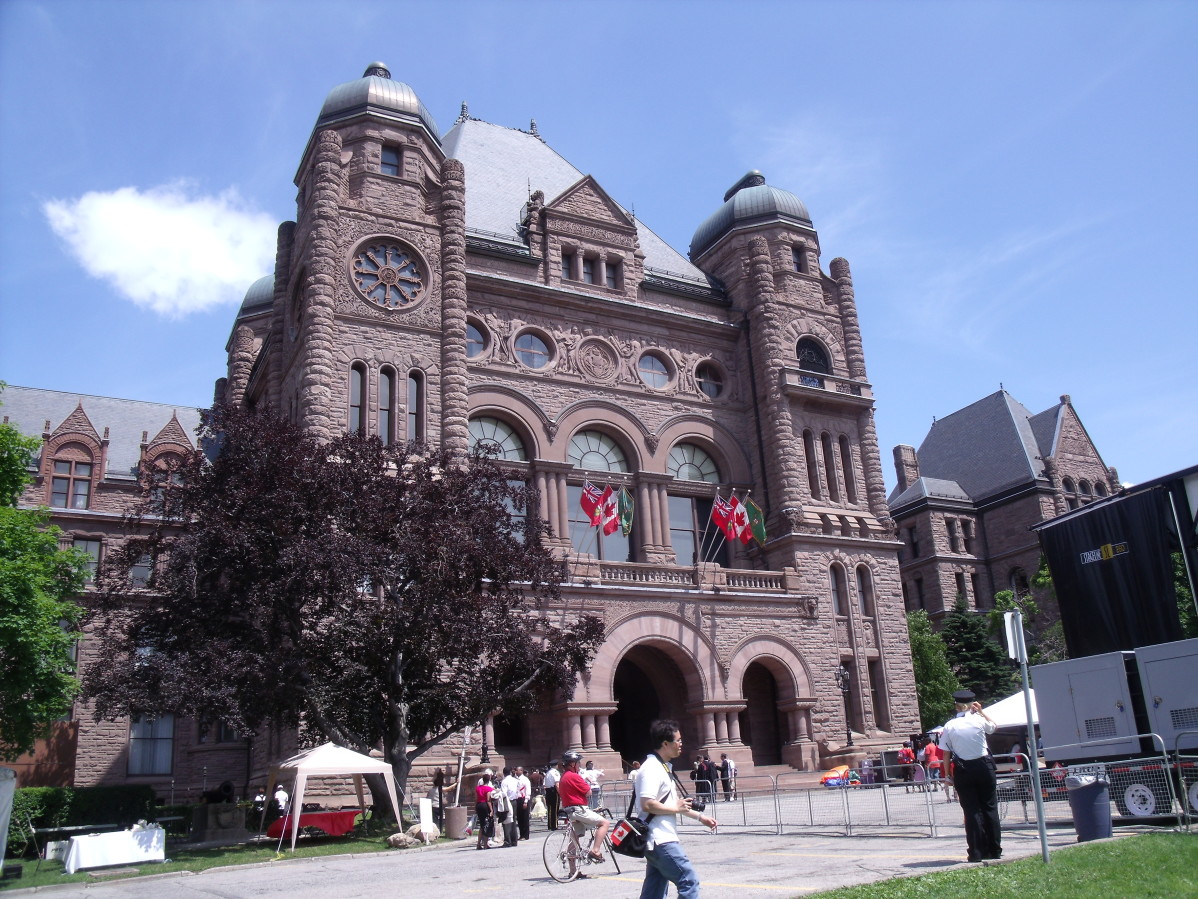Budget announcement a win, but not if tuition soars
Ontario’s new “free tuition” plan, announced with much fanfare in the recent provincial budget, is a step in the right direction. But it’s not enough if tuition keeps going up every year.
The reforms to student financial aid are a significant change in government policy, with increased up-front non-repayable grants replacing tax credits that can be claimed at the end of the year. Most significantly, the reforms would mean a shift from a strategy that disproportionality benefited students from high-income families to one that is more targeted toward students from low-income families.
2011 data from Statistics Canada shows that young people with a family income of less than $50,000 were 19 per cent less likely to be in post-secondary than those whose families earned more than $50,000. Some researchers argue that family income only has a moderate impact on post-secondary participation when factors like parental education are taken into account. But, the number of low-income families with higher education is actually quite small.
Student organizations have rightly been supportive of the budget reforms because, as far as they go, the new grants will help increase access to post-secondary for the most marginalized students.
That said, the plan is set to take effect in 2017-18, the same year that the current tuition framework is set to expire. This framework holds annual tuition increases to a maximum of three per cent for most programs and five per cent for professional, graduate and “high demand college programs.”
Another study by Statistics Canada in 2005 found that large tuition increases in deregulated programs during the mid-to-late 1990s significantly shifted enrollment towards people whose parents also had graduate or professional degrees.
Low-income students already experience streaming into vocational programs or general arts degrees; deregulated tuition puts the so-called professional degrees further out of reach for people who otherwise could contribute greatly to our society.
It would be a huge mistake for the Ontario government to make this worse by deregulating more programs and increasing tuition.
The government needs to ensure that the gains for students in the latest budget aren’t undone by rising tuition costs once the current framework expires. As it stands, it’s unclear how much these non-repayable grants will cover if tuition increases in 2017.
Tuition rates need to be frozen and government funding to institutions increased to ensure that the quality of students’ education doesn’t suffer.
A zero per cent tuition freeze is what student organizations need to focus on fighting for, otherwise today’s victory will become the groundwork for tomorrow’s defeat.


